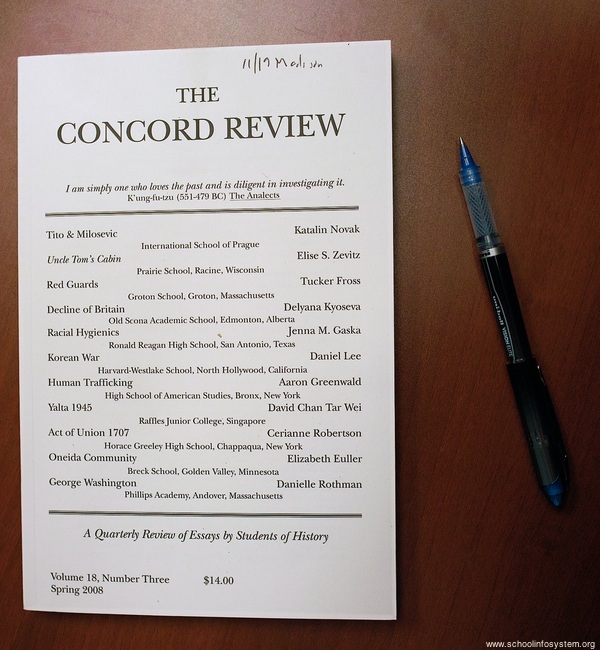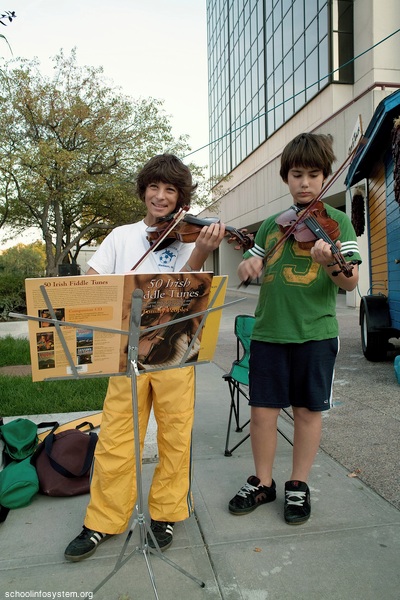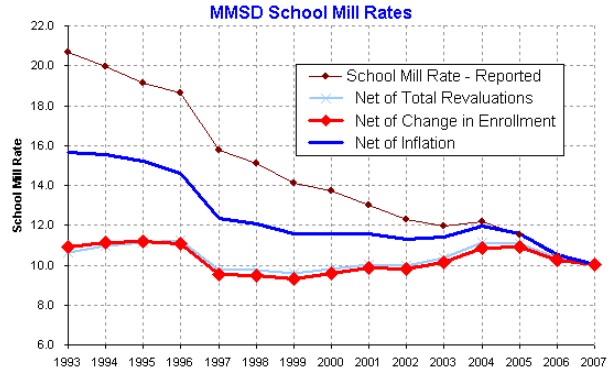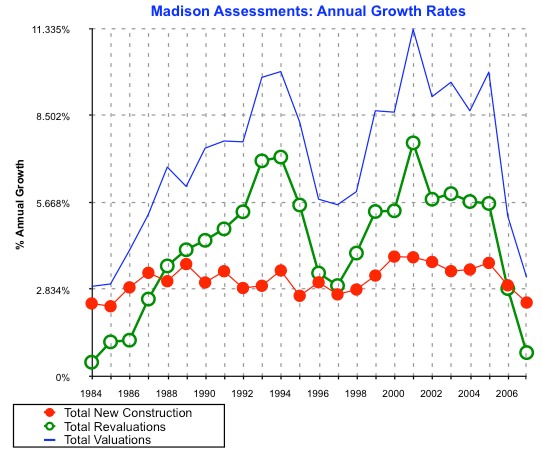The Pioneer Institute [April 2006]
A Review of E.D. Hirsch’s The Knowledge Deficit (Houghton Mifflin, 2006)
by Will Fitzhugh, The Concord Review
E.D. Hirsch, Jr., who published Cultural Literacy in 1987, arguing that there was knowledge which every student ought to have, has now published another book, The Knowledge Deficit, (Houghton Mifflin, 2006) suggesting that the bankruptcy of the “transfer of thinking skills” position has lead to preventing most U.S. schoolchildren, and especially the disadvantaged ones who really depend on the schools to teach them, from acquiring the ability to read well.
Not too long after the beginning of the twentieth century, the U.S. mental measurement community convinced itself, and many others, that the cognitive skills acquired in the study of Latin in school did not “transfer” to other important tasks, one of which at the time was teaching students “worthy home membership.”
As a result, not only was the study of the Latin language abandoned for many students, but at the same time the “baby”–of Caesar, Cicero, Horace, Tacitus, Virgil and others–was thrown out with the “bathwater.” In losing the language, we also lost Roman history, law, poetry, and prose.
In place of this classical knowledge which had been thought essential for two thousand years, the mental measurement community offered “thinking skills,” which they claimed could be applied to any content.
Professor Hirsch reaches back beyond the mental measurement folks to Thomas Jefferson, for someone who shares his view of the value of the knowledge in books:
“In our pre-romantic days, books were seen as key to education. In a 1786 letter to his nephew, aged fifteen, Jefferson recommended that he read books (in the original languages and in this order) by the following authors: [history] Herodotus, Thucydides, Xenophon, Anabasis, Arian, Quintus Curtius, Diodorus Siculus, and Justin. On morality, Jefferson recommended books by Epictetus, Plato, Cicero, Antoninus, Seneca, and Xenophon’s Memorabilia, and in poetry Virgil, Terence, Horace, Anacreon, Theocritus, Homer, Euripides, Sophocles, Milton, Shakespeare, Ossian, Pope and Swift. Jefferson’s plan of book learning was modest compared to the Puritan education of the seventeenth century as advocated by John Milton.” (p. 9)





